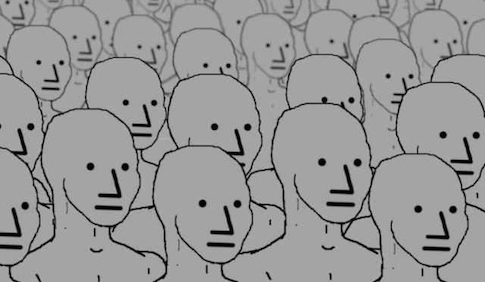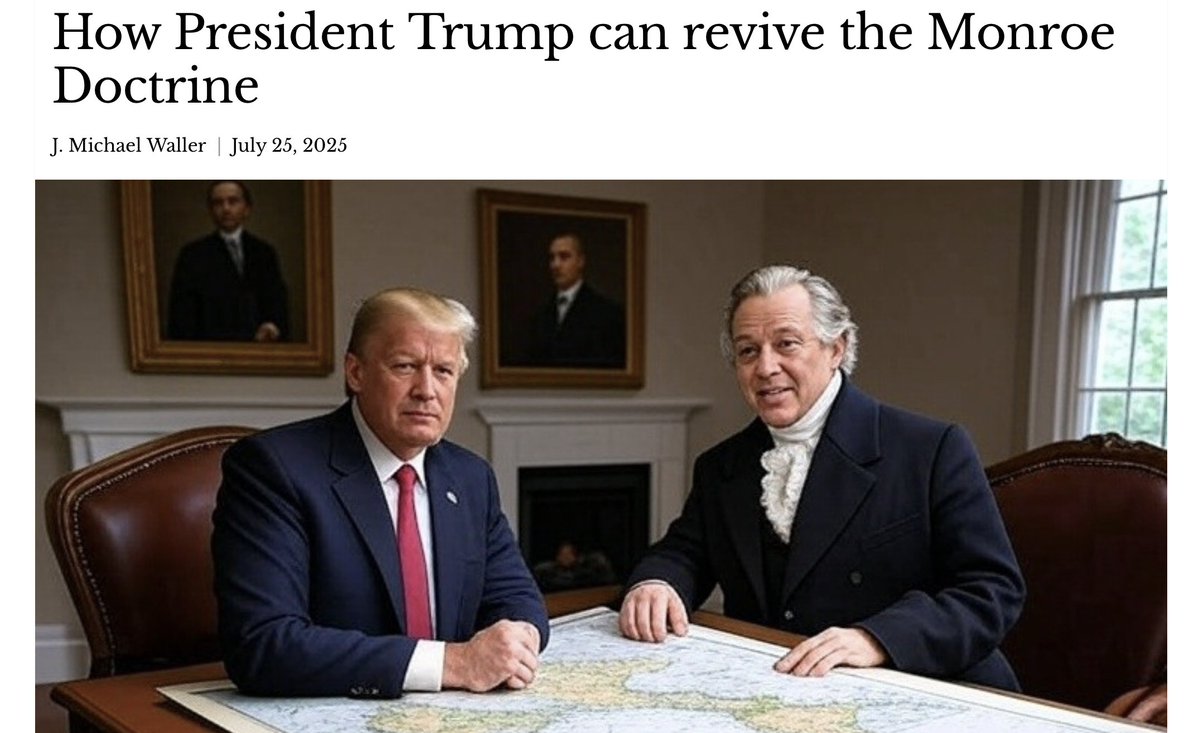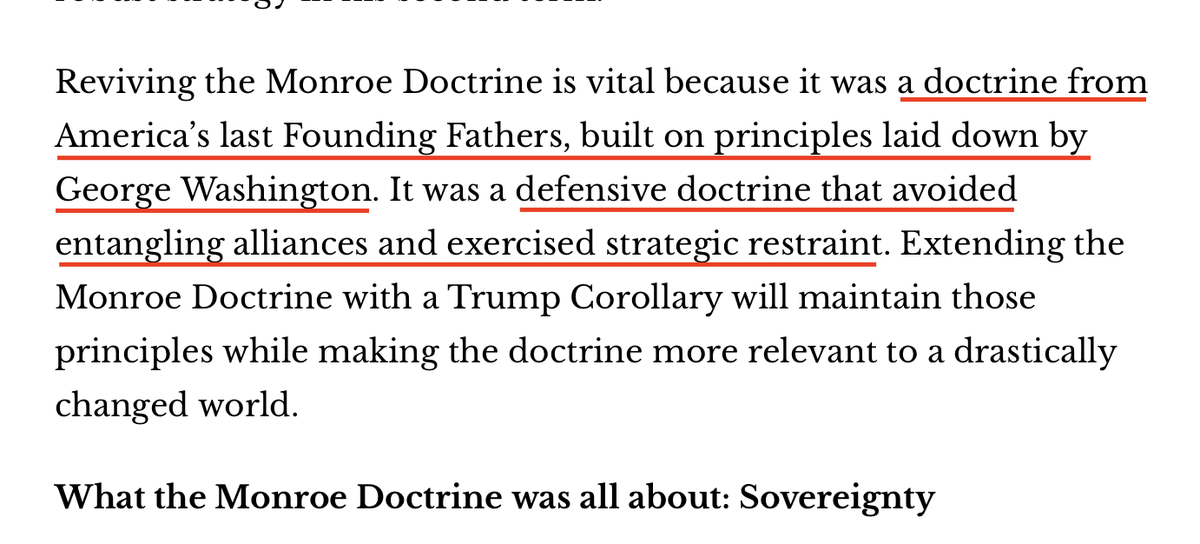Here's how a "popular front" basically works for a small amount of extremists to take power democratically, then destroy the constitutional institutions that brought them to power.
1) Intimidate a weak leader's political support base through prolonged militant, violent actions
1) Intimidate a weak leader's political support base through prolonged militant, violent actions
2) Infiltrate the weak leader's decisionmaking and fundraising circles.
3) Cut secret deals to "help" the weak leader get elected by having him agree to place extremist cadre in sensitive government posts once he's in office.
3) Cut secret deals to "help" the weak leader get elected by having him agree to place extremist cadre in sensitive government posts once he's in office.
4) The best target is a weak leader who has lots his wits out of cowardice, or is losing his mind from senility or fear.
5) Bring in your broad, hard-core activist cadre to rally behind the weak "moderate." This is the "people's front" or "popular front" to take power.
5) Bring in your broad, hard-core activist cadre to rally behind the weak "moderate." This is the "people's front" or "popular front" to take power.
6) Prevent significant left-wing elements from running a third-party candidate who would siphon off votes from the weak leader who is being co-opted.
7) Extreme Left rivals in or around the weak leader's party should support the weak leader or at least stay silent.
7) Extreme Left rivals in or around the weak leader's party should support the weak leader or at least stay silent.
8) All elements of the "popular front" campaign together even though they don't like the leader. Disciplined cadre and groupthinking non-playing characters (NPCs) go along to be part of the movement. 

This is why a "Manchurian Candidate" is so important, with cadre in place, to replace the unpopular or weak leader.
9) The most militant will commit mass acts of intimidation and other violence to terrorize the political mainstream into further silence and thus "mainstream the extremism." The Overton Window is moved make extremism normal.
10) Militants seek to provoke the target government or incumbent leader into over-reacting to the extremism, and goad it into using excessive force or violence. The goal is to turn normal elements of the population against the government and have them vote for the Popular Front.
11) Smart national leadership will not take the bait, and will let the extremists run their course and inadvertently alienate the broad center from the weak leader of the Popular Front.
12) Militants will continue to provoke, intimidate, and terrorize.
12) Militants will continue to provoke, intimidate, and terrorize.
13) More extremist cadre will rally to the weak leader, and expand the volunteer activist cadre of the Popular Front, bring aboard more alienated constituent groups to join.
14) The targeted leaders will be portrayed in the most dehumanizing, hated terms to polarize voters.
14) The targeted leaders will be portrayed in the most dehumanizing, hated terms to polarize voters.
15) Militants will propose solutions to manipulate balloting and vote-counting, bringing "moderates" with them. They will rely on organizations they can influence and control, such as postal worker unions and urban political machines.
16) Foreign-inspired crises will be blamed on the targeted government leadership. Rather than rallying the nation to solve a severe humanitarian crisis, the Popular Front will polarize society and shut down as much of normal life as possible to create more anger and chaos.
17) If the Popular Front is elected through legitimate votes or fraud, the militant cadre will move quickly to demand key posts on the transition team and in the new government.
18) Those government posts will include control of law enforcement, counterintelligence, courts, social services, and other sources of cash and resources to reward allies and punish opponents.
19) The militant cadre inside the weak leader's circle, and their grassroots allies nationwide, will make increasing demands on the weak leader.
20) They will also force the weak leader to purge out his loyal advisers and other trusted personnel.
20) They will also force the weak leader to purge out his loyal advisers and other trusted personnel.
21) Well before this time, of course, the militants will have forced the weak leader to select one of their own strong and popular people to serve as the weak leader's successor.
22) By the time the weak leader is president, he will be a hollow shell inhabited, like a hermit crab, by the militant cadre that will increasingly agitate to purge out more of the mainstream people around the weak leader.
23 The weak leader will be thoroughly coopted or ousted.
23 The weak leader will be thoroughly coopted or ousted.
24) The revolution will eat its own.
25) The political moderates, having gone along with the Popular Front, will try to sit it out but will inevitably be purged.
26) Counterrevolution begins.
25) The political moderates, having gone along with the Popular Front, will try to sit it out but will inevitably be purged.
26) Counterrevolution begins.
• • •
Missing some Tweet in this thread? You can try to
force a refresh


















